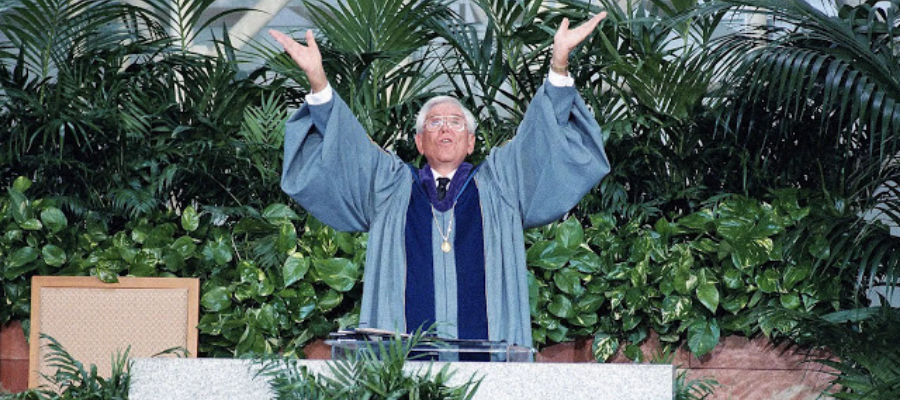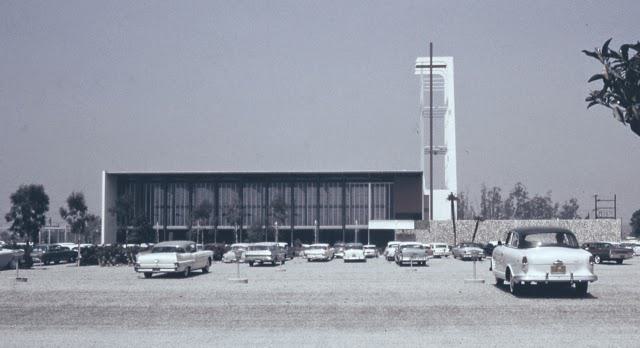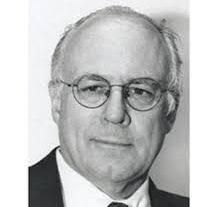800-year-old direct marketing knowhow, alive and well in the 21st Century
The incomparable Denny Hatch explains how a minister in the USA was inspired by an 800-year-old fundraising campaign.
- Written by
- Denny Hatch
- Added
- August 12, 2021

In 1998 I stumbled into the origins of direct marketing. This advertising technique came about as the result of the June 15, 1194 fire that destroyed most of Chartres Cathedral in northern France. Chartres Bishop Regnault de Mouçon launched the very first direct mail letter-writing campaign to crowned heads, nobility and trade guilds throughout France, England and Europe, all pleading for help to rebuild the cathedral. Plus, the bishop came up with an amazing scheme to say ‘thank you!’ to all donors, who will be remembered for eternity. This was textbook correct marketing, 800 years ago.
The Chartres fundraising model was replicated in Garden Grove, California 800 years later.
Dr Robert Schuller began his Dutch Reform ministry in Chicago in 1950. He founded the Garden Grove Community Church on March 27, 1955, where he preached from the roof of the refreshment stand at a drive-in movie theatre that he rented for US$10 a week. To drum up business, Schuller placed small ads in the Orange County Register with the headline: ‘WORSHIP AS YOU ARE IN THE FAMILY CAR’. 75 motorists showed up that first day and the take was US$86.79.
After vigorous a house-to-house canvassing plus direct mail campaigns with modest success, Schuller persuaded the renowned Rev Norman Vincent Peale to be a guest preacher. Peale’s book, The Power of Positive Thinking, was a worldwide best-seller that sold 15 million copies in 42 languages. Peale’s sermon about the personal benefits of accepting God brought national recognition to Schuller’s little enterprise.
As his ministry grew, Dr Schuller purchased ten acres in Garden Grove and spent US$3 million for a relatively modest ‘walk-in, drive-in’ church designed by famous California modernist architect Richard Neutra (1892-1970). Dedication service was held November 5, 1961.

The booster rocket that sent the Schuller ministry into orbit.
On February 8, 1970, Schuller launched the ‘Hour of Power’ television ministry, replete with choir and orchestra, at the Sunday service in his Garden Grove Community Church. Over the years it became the most-watched religious program with alleged totals of viewership ranging from a low of 1.3 million home worshipers to 7.5 million in 156 countries. Whatever the actual numbers, Schuller had himself a deliciously hefty database.

With a burning desire for a larger venue in the late 1970s, the Schullers hired the world-renowned architectural firm of Philip Johnson and John Burgee to design the magnificent, eye-popping Chrystal Cathedral, one of America’s very first megachurches.
Dedicated in 1980, the overall length of the building is 414 feet and the tower is 127 feet high. With seating capacity for 2,726 worshipers, the building also has a choir section for 1,000 singers and instrumentalists. The Aeolian-Skinner/Fratelli Ruffatti pipe organ - the fifth largest church organ in the world - has 293 ranks and 17,106 pipes. The cost of the cathedral was US$18 million (or US$59 million today, 2021). In the salad days of the 1990s, Rev Schuller’s enterprise had ten thousand members attending three services every Sunday, plus his ‘Hour of Power’ worldwide TV program.
Saying ‘thank you!’ to donors à la Chartres
What triggered this post was the memory of my first condo in Stamford, Connecticut in 1979. Our next-door neighbours, faithful viewers of the ‘Hour of Power’ - were persuaded to buy one of the 10,664 windows. We were invited over to view Dr Schuller’s ‘thank you’ gift, an elegant tabletop display (as I recall) personalised with their names and a small image of the cathedral etched into the modernist Lucite panel.
For the high rollers, Rev Schuller created the ‘Walk of Faith’ with 1800 inscribed granite stones, many of them mini-memorials to deceased loved ones. For lesser donors, their names were memorialised on a wall with 20,000 crystal bricks.
Here was the modern version of the 800-year-old business model devised by Bishop Regnault de Mouçon and the elders of Chartres Cathedral - the foundation of modern direct marketing.
One wishes that the Crystal Cathedral saga had as happy an ending as Chartres' restoration
Dr Schuller’s Crystal Cathedral’s last years were a mega soap opera: US$48 million in debt; 12 million creditors nationwide; a US$36 million mortgage owed to a California bank; and finally filing for bankruptcy in 2010. In 2011, four years prior to the Rev Schuller’s death from oesophageal cancer, the entire church complex was sold to the Catholic Diocese of Orange County for US$60 million. Throughout this entire period, the Schuller family was engaged in a vicious circular firing squad/pissing match. Following the acquisition, all the donor names were removed from the premises.
Takeaways to consider
• On driving through France one summer Peggy and I visited several churches where the original windows were blown out by Nazi bombs in World War II. Some were replaced with plain glass. Others had tacky modern designs. It was damned depressing - yet another reminder of the stupidity of war.
• At the onset of World War II in 1939, it became obvious Chartres could be in the middle of a battle zone and subjected to air raids. All 176 stained glass windows, which contained the donors’ coats of arms and glorious images of the guilds that contributed, were removed for safekeeping. Many were stored in the cathedral’s crypt, one of the deepest and largest in northern France. The remainders were shipped by rail to safe hideouts in southern France for the duration.
• ‘Always say “thank you.” It's the polite thing to do.’ - Roger Craver
• The way to be successful in direct marketing, and general advertising for that matter, is to become expert in successful campaigns from the past. Then, in the words of U.S. News & World Report director Dorothy Kerr: ‘Steal smart!’

















